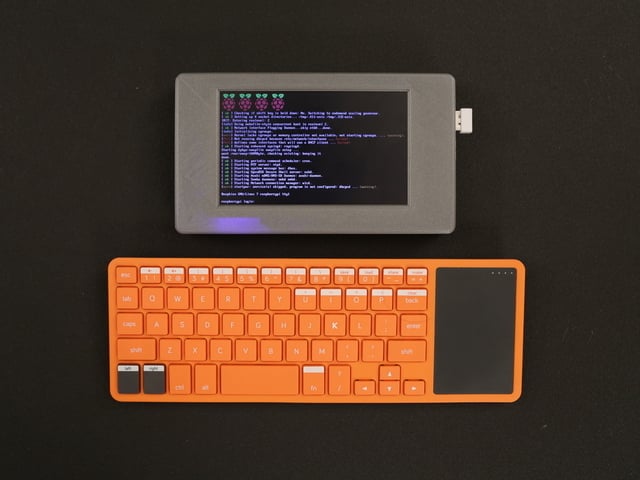Pi Headers
To install the Adafruit Speaker Bonnet to the Raspberry Pi, we'll need to configure header pins so that the Bonnet can seat on top of the Raspberry Pi Zero W. In order to fit inside the 3D printed enclosure comfortably, we need to slightly offset the bonnet. We can do this with the Pico HAT Hacker from Pimoronoi.
Header Configuration
There's a few different ways to setup the headers. Do you want to be able to swap out the Pi? Then you may want to install a Female Header in between the boards.
Pi Male Headers
We'll need to install a set of 2x20 male header pins to the Raspberry Pi Zero W. These will need to be soldered in, but if you'd like to skip soldering, you can give the Hammer Header pins a try.
Pi GPIO Header Jig
I used a 3D printed jig to keep the headers held straight onto the Pi so the pins are nice and true. Then I secured the assembly to the jaws of a panavise Jr and soldered the pins. You can download the STL here.
Install PICO HAT
With the male headers now installed onto the Pi, we can seat the PICO hat on top. The second set of GPIO should be free and accessible above the set of male headers on the Pi, like in the photo. To keep these two boards straight, I used a few pieces of mounting tack.
Solder PICO Hat
Now we can secure the PICO hat to the male header pins on to the Pi by soldering them in. I used a panavise Jr. to keep the assembly sturdy while soldering everything together.
Page last edited November 06, 2017
Text editor powered by tinymce.

































